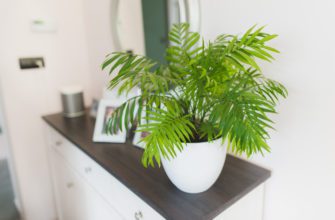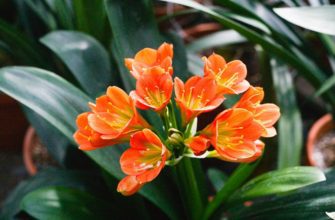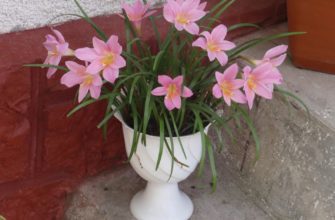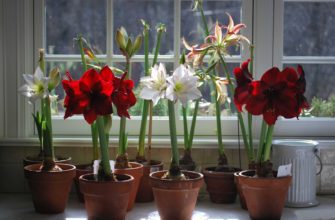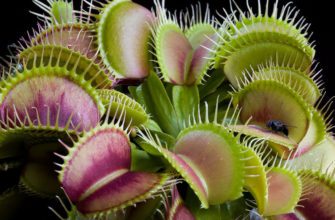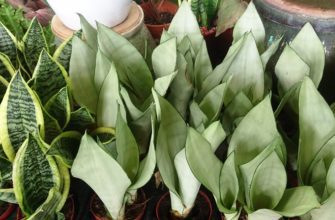The primrose flower has won the hearts of many gardeners thanks to its bright colors and unpretentious nature. This flower, originating from the moderate and cold regions of the Northern Hemisphere, has become popular not only as a garden plant, but also as a houseplant. Its delicate flowers can please the eye even on the darkest winter days. In this article, we will consider the features of caring for primrose at home, and also give recommendations on preventing diseases and maintaining its health.
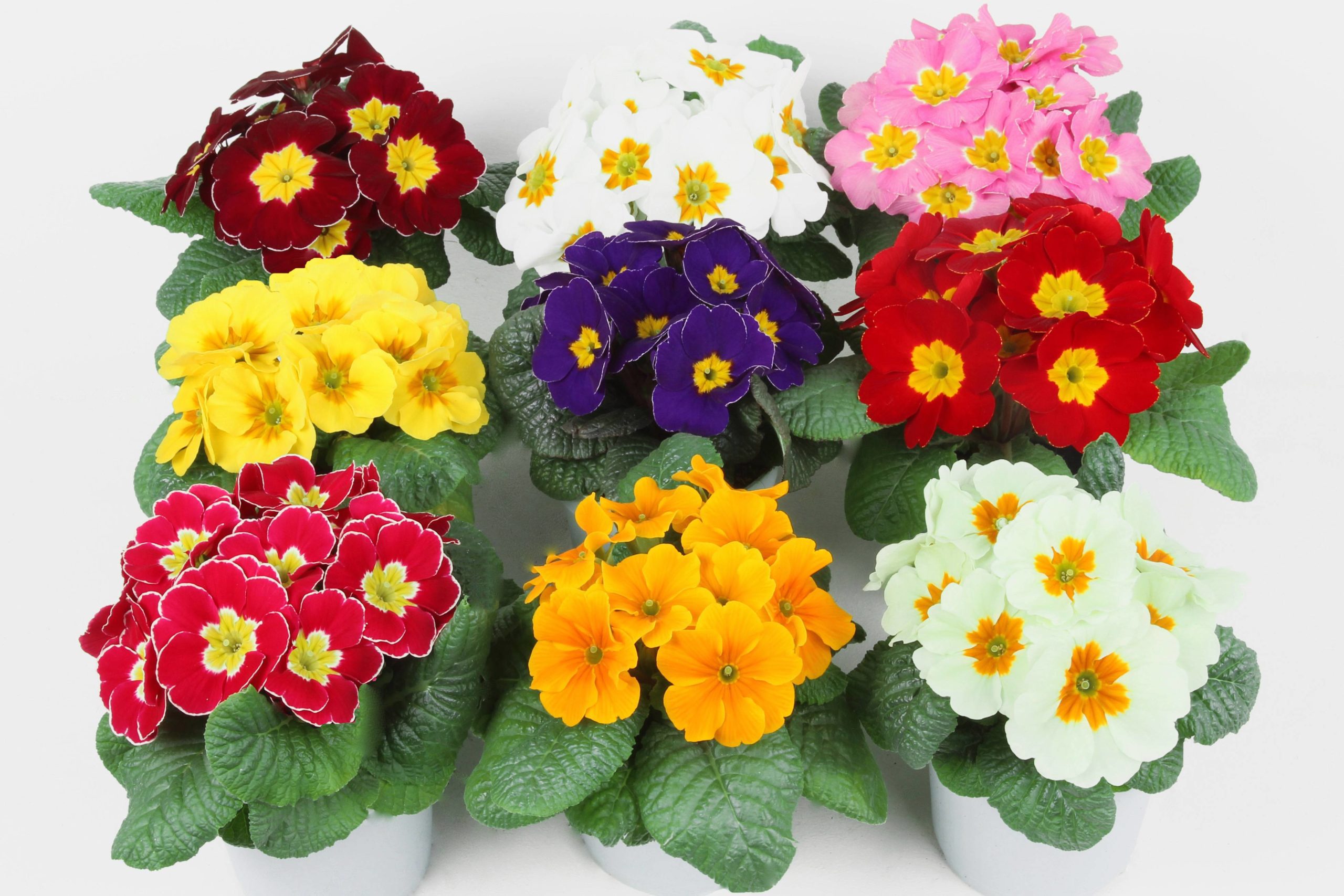
Why is primrose popular as a houseplant?
Primrose is popular as a houseplant due to a combination of several important factors:
- Bright and early flowering. The primrose begins to delight with its flowers in late winter or early spring, when most other plants have not yet awakened. This "first flower" brings with it a feeling of approaching warmth and a new season.
- Unpretentiousness. Primrose adapts well to home conditions and does not require complex care, which makes it an excellent choice for novice gardeners.
- Compact dimensions. The size of the primrose is ideal for indoor conditions. It does not take up much space and can decorate both a table and a windowsill.
- Diversity of species and varieties. There are many different species and varieties of primrose with multi-colored and multi-shaped flowers, allowing everyone to find a plant to suit their taste.
- Medicinal properties. Some species of primroses are used in folk medicine, which adds to its popularity among those who value not only the beauty, but also the benefits of plants.
Thus, primrose combines aesthetic appeal, ease of care and versatility, making it one of the most desirable indoor plants.
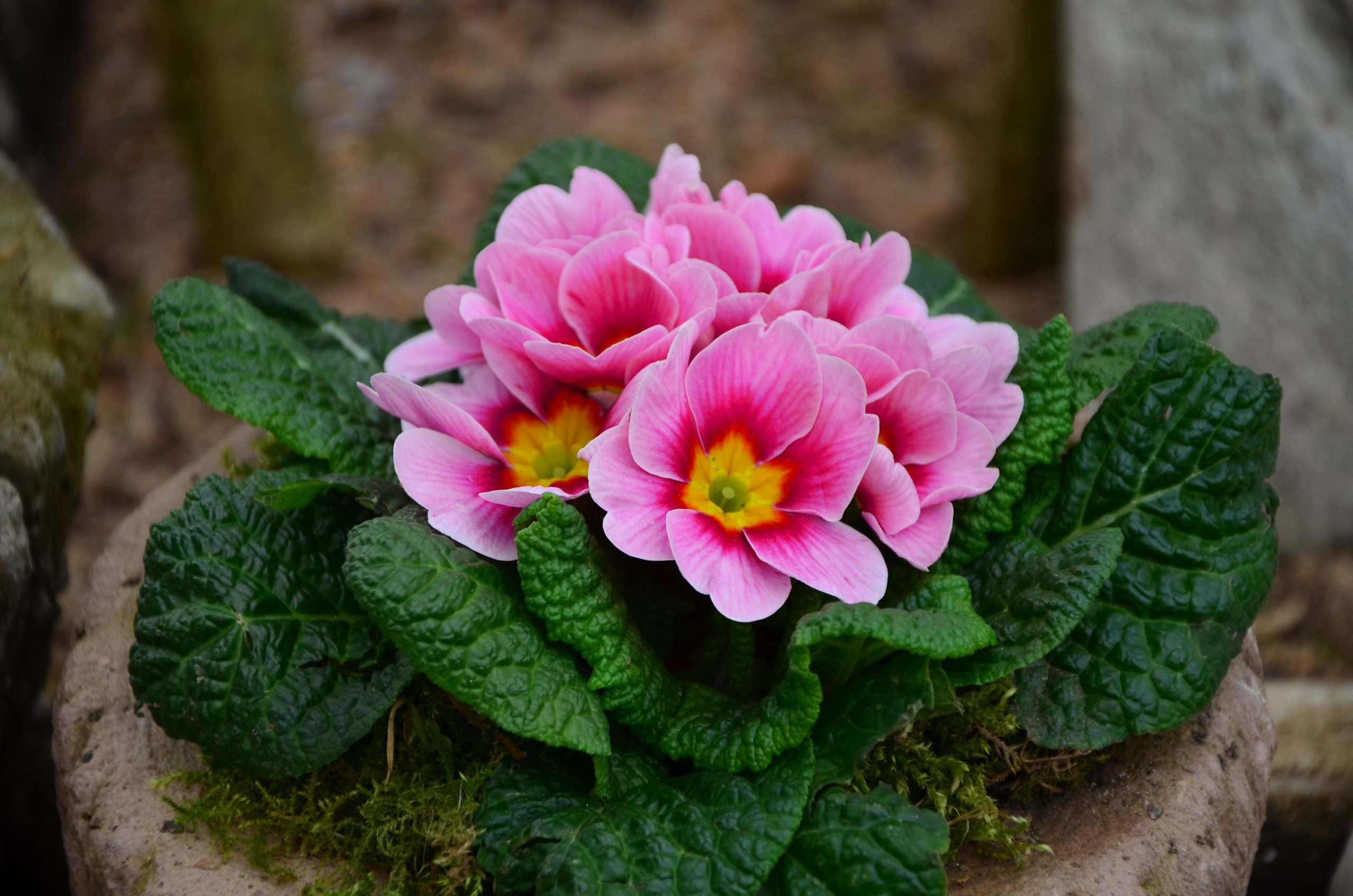
Features of primrose as a houseplant
Primrose as an indoor flower has a number of unique features that make it an excellent choice for home conditions:
- Adaptation to shade conditions. While many plants require full sun, primroses thrive in partial shade, making them an ideal choice for rooms with limited natural light.
- Year-round flowering. Some varieties of primrose can bloom not only in spring, but also at other times of the year, provided they are properly cared for.
- Love of moisture. Primrose prefers a moist environment, making it a great choice for bathrooms or other damp areas of the home.
- Variety of shapes and colors. Among indoor primroses, you can find plants with different leaf shapes, as well as flowers from white to deep purple, which allows you to create a variety of compositions.
- Beneficial properties. Primrose helps to humidify the air in the room due to its moisture-loving nature, which can be useful in the winter months when the air in the rooms is dry due to the operation of heating systems.
- Ease of care. Although primrose does require some care, it is generally resistant to pests and diseases, making its maintenance less labor-intensive.
These features make primrose one of the most attractive and multifunctional plants for the home, capable of bringing bright colors and comfort to any room.
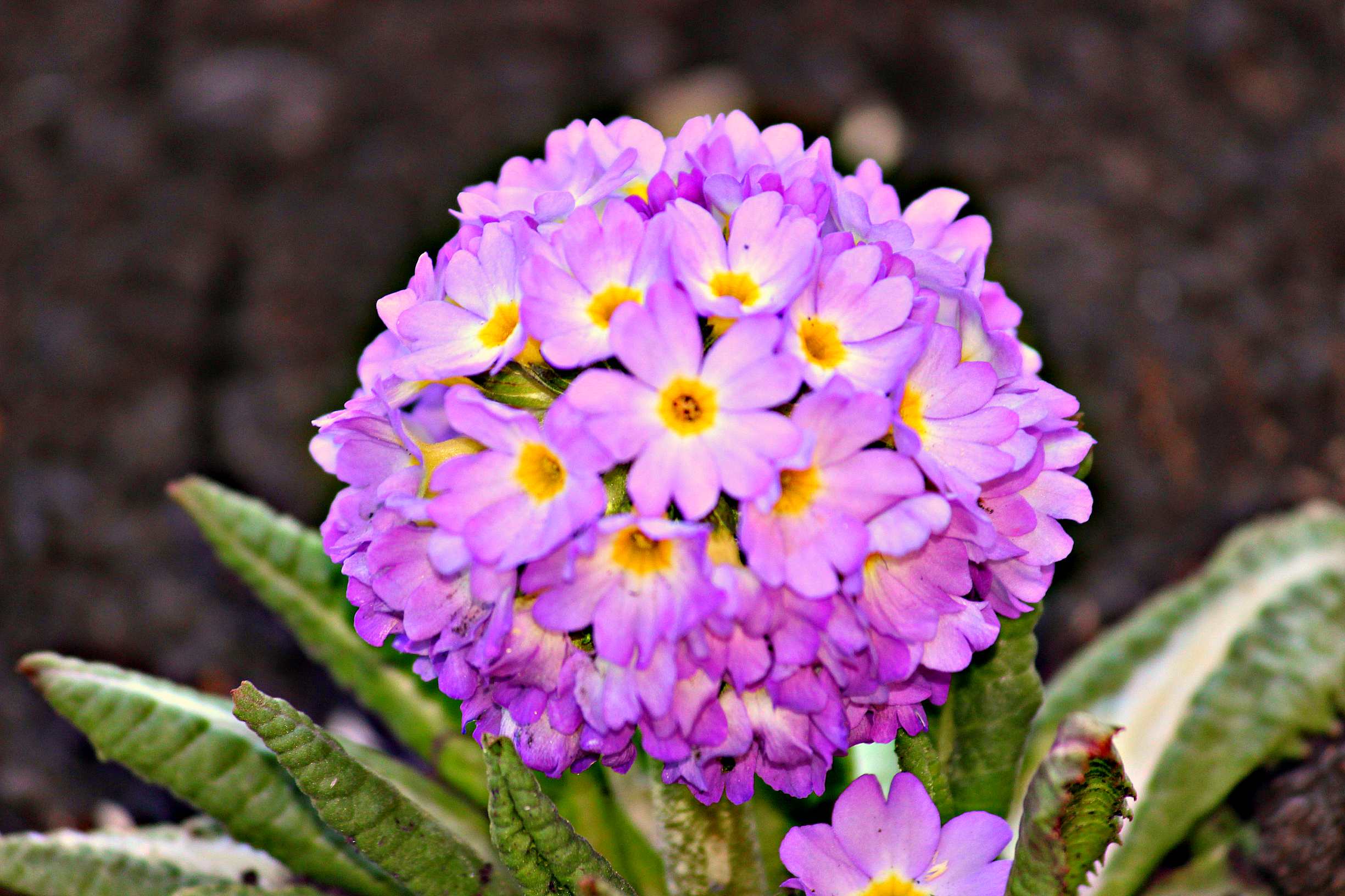
Primrose care at home
Caring for primrose at home requires special attention to some details to ensure long and vibrant flowering:
- Lighting: Primrose prefers bright diffused light without direct sunlight. A semi-shaded place on an eastern or western window will be optimal.
- Watering: It is important to maintain constant soil moisture, but avoid overwatering. It is best to water the plant when the top layer of soil feels dry to the touch.
- Humidity: Primrose appreciates high air humidity. Regular spraying with soft water or placing the pot on a tray with wet stones will help create comfortable conditions.
- Fertilizer: During the period of active growth and flowering, primrose should be fed with complex mineral fertilizers once every two weeks.
- Transfer: After flowering, it is recommended to transplant the plant into fresh soil, preferably a mixture for violets or a universal soil mixture with the addition of perlite.
- Protection from pests and diseases: Regularly inspect the plant for pests such as aphids or spider mites. At the first sign of damage, use insecticides or folk remedies.
- Temperature conditions: Primrose prefers moderate temperatures in the range of 18-22°C. During the dormant period, after flowering, the plant can be moved to a cooler place.
Following these recommendations, the primrose will delight you with its magnificent appearance and abundant flowering. It is unpretentious and grateful, making it an ideal choice for those who want to add bright colors to their home without unnecessary hassle.
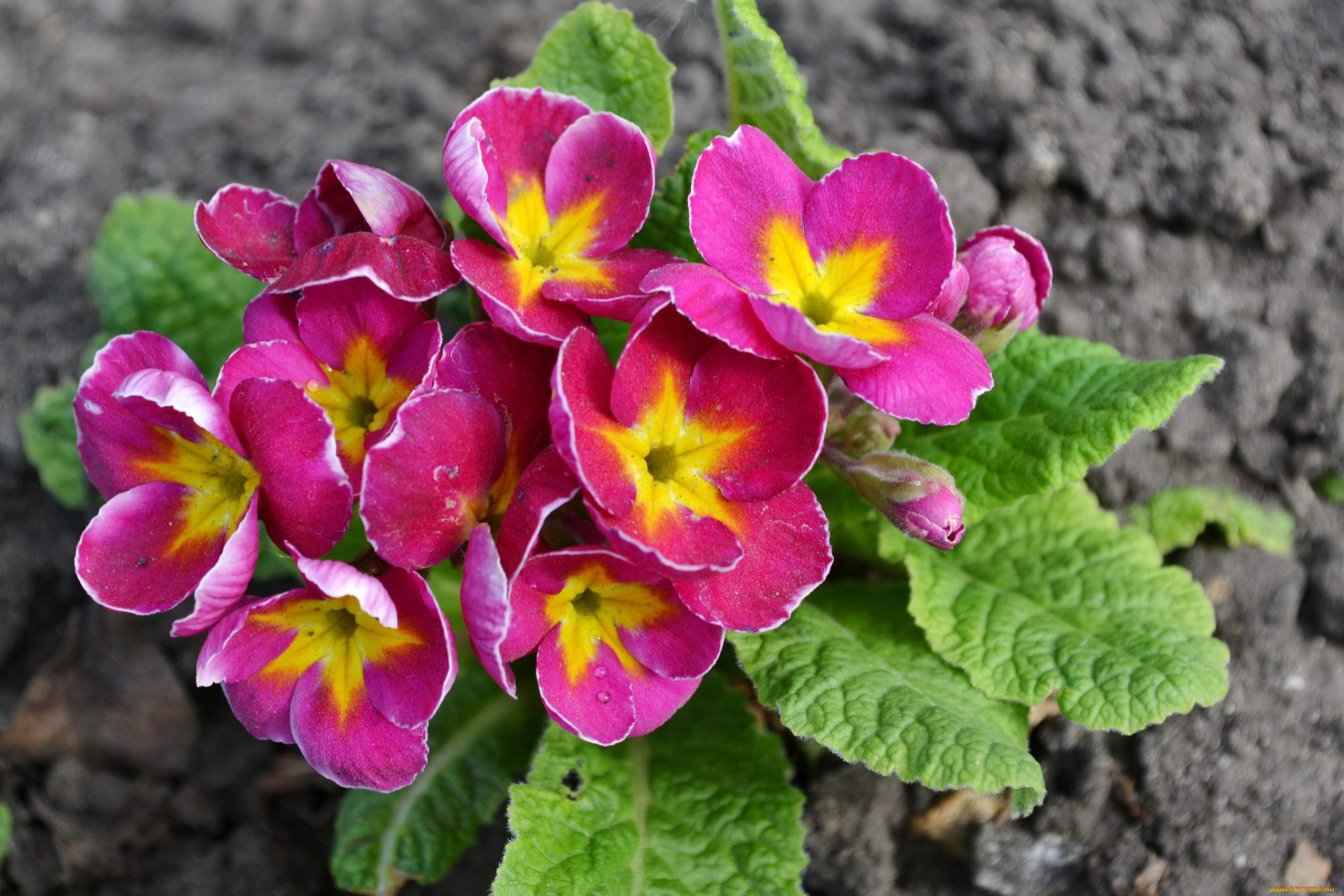
Primrose care after flowering
Caring for primrose after it has bloomed is very important to ensure healthy growth and prepare it for the next blooming season:
- Removing faded flowers: Cut off spent and faded flowers to prevent plant exhaustion and encourage new growth.
- Transfer: After flowering is the best time to repot the primrose. Choose a slightly larger pot and fresh soil, preferably a mixture for violets or a universal soil mixture.
- Reduce watering: Reduce watering, allowing the soil to dry out slightly between waterings, but avoid allowing the soil to dry out completely.
- Temperature conditions: If possible, move the primrose to a cool place with a temperature of about 15-18°C. This will help it “rest” and prepare for the next flowering.
- Fertilizer: Stop feeding the plant during its dormant period, and when the time for new flowering approaches (usually a month), start feeding again with a weak fertilizer solution.
- Trimming: Remove yellowed or damaged leaves to encourage new growth.
By following these recommendations for caring for primrose after flowering, you will create optimal conditions for its health and prepare it for the next flowering season, making it even more colorful and resilient.
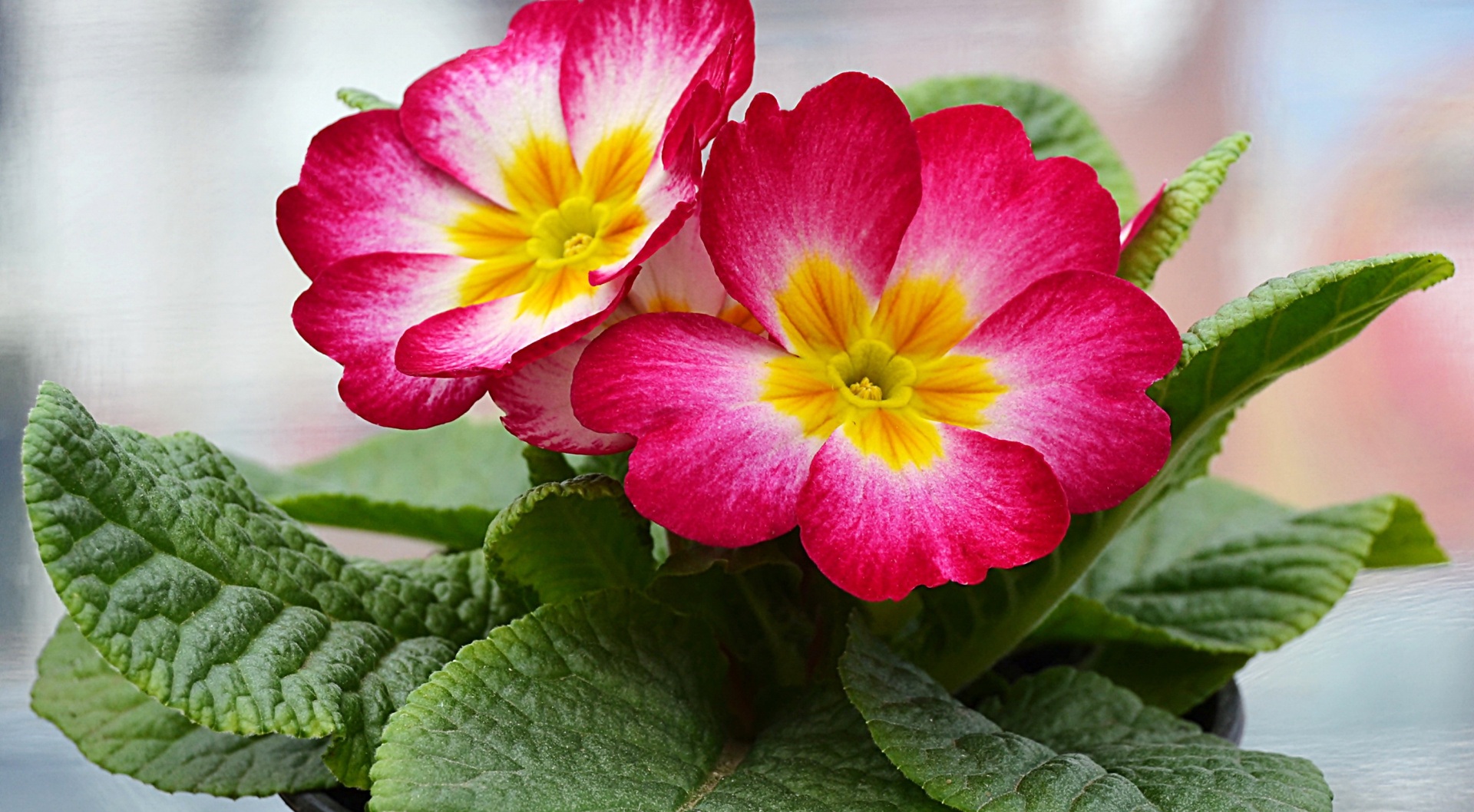
Primrose diseases and methods of their treatment
Primrose, despite its relative unpretentiousness, can face a number of diseases, especially with improper care. Here are the most common of them and methods of their treatment:
Fungal diseases
Signs: spots on leaves, root damage, mold.
Treatment: Remove the affected parts of the plant. Treat the primrose with fungicides, such as Fitosporin or other available preparations.
Root rot
Signs: plant wilting, root rot.
Treatment: Repot the plant in new sterile soil, after cutting off all affected roots. Use antifungal agents to prevent further spread.
Viral diseases
Signs: deformation and spotting of leaves.
Treatment: Unfortunately, viral diseases cannot be treated. It is better to destroy the infected plant to prevent the virus from spreading to other plants.
Thrips and spider mites
Signs: yellow spots on leaves, fine webs.
Treatment: Treat the plant with acaricides or insecticides. As a preventative measure, you can use an infusion of garlic or tobacco.
Aphid
Signs: small greenish insects on the underside of leaves and young shoots.
Treatment: Treat the plant with insecticides or biological preparations against aphids. You can also use a soap solution for spraying.
To avoid most diseases, it is important to follow the correct watering regime, avoid standing moisture in the pot, regularly ventilate the room and keep the plant clean.
Conclusion
The primrose flower is not just a beautiful plant, but also a symbol of novelty and freshness. By caring for it properly, you can enjoy its bright and long-lasting flowering right at home. This indoor flower requires special, but not complicated care.
By following the recommendations in our article, you will provide the primrose with comfortable conditions and protect it from various diseases. Let your primrose be a bright and lively decoration of your interior!

